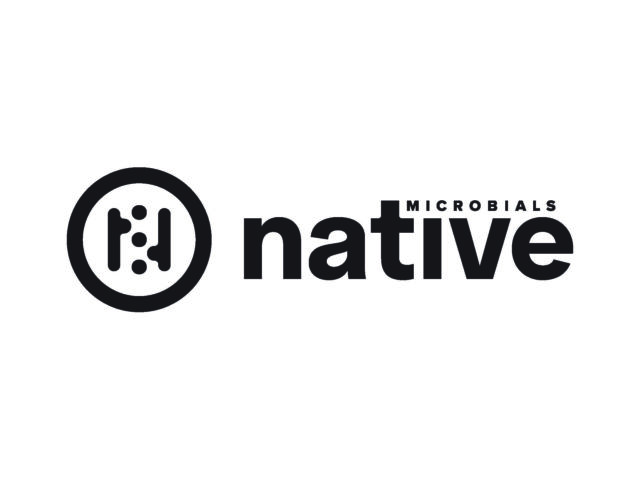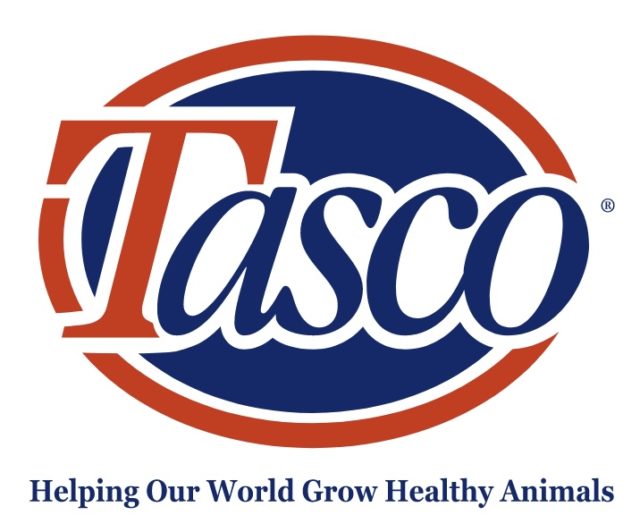When a New York City-based public relations firm called my cellphone earlier this year to extend an invitation to interview Texas dairyman Donald De Jong, I took notice. Few dairy producers I’ve met before have communications professionals on retainer, especially ones who work in the Big Apple.
Nothing bad had happened on the dairy, and Donald’s name wasn’t in the news. In fact, the firm wanted to get his name in the news. How many dairymen do you know who want their names in the news? They told me Donald was interested in discussing his social media and online recruiting strategies. (We touched on that briefly but also discussed a bunch of other topics. You can find the story based on our interview with Donald. Click here to read Donald, Cheri De Jong build multi-discipline dairy company.)
When I arrived in Hartley, Texas, and sat across from Donald at the conference table in his office, one of my questions was: Why did you reach out to me for an interview?
He admitted: “This is not comfortable at all for me ... but if we don’t tell our story, someone else will.”
Shortly thereafter, I heard a presentation in Pennsylvania about knowing yourself first and communicating second. The presenter summarized content from Margaret Mark and Carol S. Pearson’s The Hero and the Outlaw: Building Extraordinary Brands Through the Power of Archetypes.
In the book, Pearson describes a dozen different personal and company brand personalities that are based on our innermost compass to either: provide structure to the world, connect with others, leave a mark on the world or find paradise.
Three of the brand personalities mentioned resonated with me. I see these brand personalities in many of the dairy farmers I meet.
 Caricatures of these personalities are illustrated on this page. The presenter’s main message was to discover what kind of character is your brand, or in this case, your dairy.
Caricatures of these personalities are illustrated on this page. The presenter’s main message was to discover what kind of character is your brand, or in this case, your dairy.
Do you exist to feed the earth’s growing population (i.e., leave a mark on the world or the Hero brand)?
Do you exist to help a disconnected generation of consumers understand where their food comes from (i.e., connect with others or the Everyman brand)? Or do you exist to innovate, create and make dairying easier, more efficient and more profitable (i.e., provide structure to the world or the Creator brand)?
To be clear, these are three of 12 brand archetypes that exist. Your dairy brand may be one of the other nine.
The presenter challenged those in the room to discover their brand archetype and then find the best narrator for their brand’s story. Why is a narrator important? Think back to Dodge Ram’s wildly successful 2013 Super Bowl commercial about farmers.
Who did the truck manufacturer choose to narrate its message? Paul Harvey, using a speech he wrote for the 1978 Future Farmers of America convention.
In my opinion, Paul Harvey’s personal brand is an embodiment of the Everyman brand that so many farmers represent. He was the perfect spokesperson to represent the farming brand.
Who is the narrator, or key influencer, in your state or community that most closely represents your brand? I would suggest you ought to invite them to your dairy and see if they would be willing to help tell your story. After all, the best stories are narrated by others, not the characters themselves.
The presenter also suggested you determine who is your brand’s villain. Why does your brand have conflict with that villain?
For example, some are villains to the dairy industry’s story because – I will insert messaging you’ve likely heard from one of these groups before – they seek to destroy the connection farmers have with others (i.e., factory farms versus family farms), they tear down the structure that supports your business (i.e., animals aren’t meant for food) or mar the mark you make in the world (i.e., undercover videos).
Donald didn’t start communicating his dairy’s message without some prompting from professionals he’d hired to advise him. He asked at first if his dairy’s story could be told about just the dairy and leave him and his wife as characters out of it. Nope, he was told. They were the family owners of the dairy. It wasn’t a story without the two of them in it.
Your dairy’s story is the same. It can’t be told without you. And if you don’t find a narrator to help you tell it, a villain will eventually tell your story, and it will be the opposite of who you really are as a brand. Don’t let that happen to you or your dairy. PD
IMAGES: Images by Nxtbook Media

-
Walt Cooley
- Editor-in-chief
- Progressive Dairyman
- Email Walt Cooley




